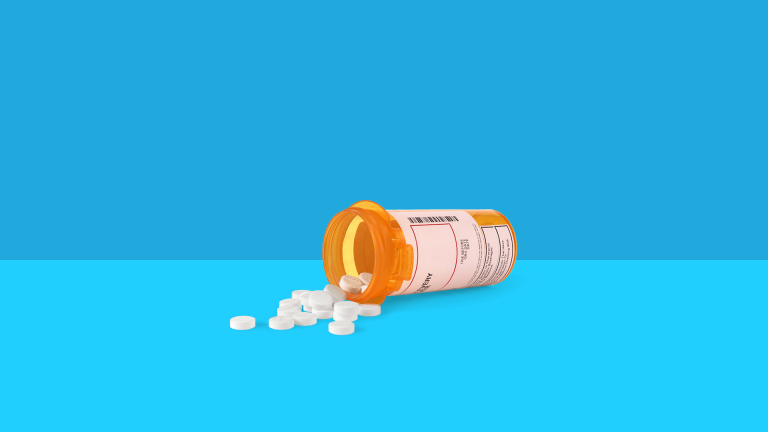Apart from being a strong martial art, Muay Thai is a fantastic tool for developing children’s character....
In the developing landscape of medical cannabis, accessing treatment can appear to be daunting. Notwithstanding, with platforms...
As the popularity of THC chewy candies continues to soar, manufacturers are constantly innovating to stay aware...
Kratom, a characteristic enhancement obtained from the leaves of the Mitragynaspeciosa tree, has acquired prominence for advancing...
Kratom is a Southeast Asian herb that has been known for a long time to have many...
In our fast-paced lives, a good night’s sleep is often elusive, leaving us fatigued and unable to...
One of the primary reasons for the increasing use of cryptocurrency in online steroid transactions is the...
The organic components in PhenQ, a nutritional dietary supplementation, combine to destroy fat, reduce the desire to eat,...
The combination of Prozac (Fluoxetine) 20mg is gaining consideration as people look for far-reaching answers for overseeing...
The world of cannabis edibles has expanded with the introduction of Delta 9 Gummies, offering users an...





















